This piece was provided by CODO Design, a food and beverage branding firm, and authors of Craft Beer, Rebranded. This book (and companion workbook) is a step-by-step guide to help you map out a successful strategy for rebranding your brewery. Join 5,500+ other brewing industry folks on the Beer Branding Trends newsletter to receive monthly field notes covering trends, currents and actionable advice from the front lines of beer branding.
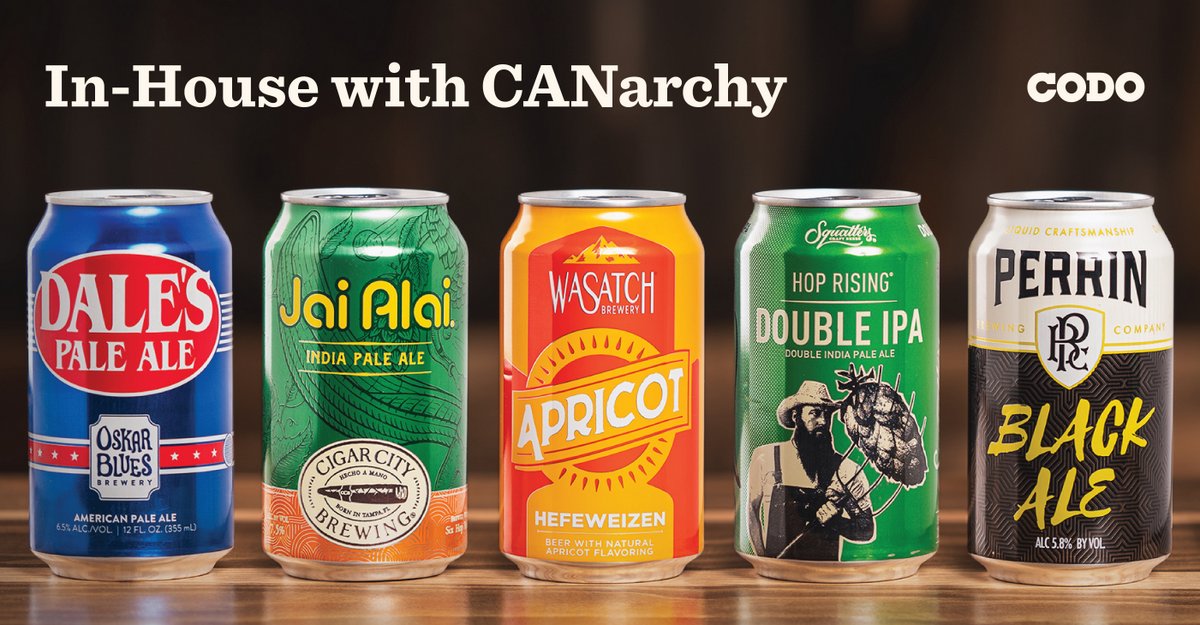
CANarchy Craft Brewery Collective is a rollup of seven unique breweries under one corporate umbrella. These brands, including Oskar Blues, Cigar City, Perrin, Wasatch, Squatters, Deep Ellum and Three Weavers, combine to create the 6th largest brewing company in the United States.
This structure allows for huge economies of scale through marketing, packaging and distribution channels. But it can also pose some complex brand decisions whenever a new product rolls out. How do you position it? How do all these brand play together? How does it relate to (if at all) the other breweries or parent brand itself?
For today’s In-house conversation, we sat down with Nick Bartelme, Marketing Manager at CANarchy, to discuss the differences between marketing and sales as well as some of the finer points of Point of Sale (POS) work — something we’ve found to be a blindspot for many breweries. And beyond theory, how do we put these concepts into action in the real world with engaging POS tools in both on- and off-premise so that you can sell more beer?
Let’s dive in and learn some quick ways your brewery can step up its game on these fronts.
Isaac (CODO): Hi Nick. Please introduce yourself and tell the readers what you do at CANarchy Craft Brewery Collective.
Nick: Thanks for having me. My official title is Marketing Manager, but my role has changed a lot over the nearly two years I’ve been part of the collective. My main focus is managing Point of Sale from procurement, to sales support, to e-commerce. When we begin to emerge from the pandemic, I’ll resume working on large industry events like Great American Beer Festival and Craft Brewers Conference. Additionally, I support market research and consumer insights.
CODO: Most of our readers are in the beer industry, but for those outside who might not know, can you tell us about the CANarchy Craft Brewery Collective?
Nick: CANarchy is a collective of craft breweries including Oskar Blues Brewery, Cigar City Brewing, Squatters Craft Beers, Wasatch Brewery, Deep Ellum Brewing Company, Perrin Brewing Company, Three Weavers Brewing Company, and recovery beverage company Revitalyte. On top of that we have, at last time I checked, 16 pubs and taprooms around the country and eight manufacturing locations. It’s a pretty big and diverse beast.
CODO: Is there any intermingling between the various CANarchy brands at an off-premise marketing level (e.g. POS in liquor store advertising multiple brands, or a variety pack with several different breweries).
Nick: A few instances. The big one is the CANarchy Mixed Pack which features IPAs from Oskar Blues, Cigar City, Deep Ellum, and Three Weavers. It’s a cross-country beer tour. Oskar Blues and Cigar City are easy to get everywhere, but Three Weavers and Deep Ellum distribute on a smaller scale in California and Texas, respectively. So a drinker in Florida who loves Cigar City’s Jai Alai can pick up a pack and have a great experience trying these two brands with which they might not be familiar. In a perfect world he or she ends up taking a trip to Los Angeles or Dallas at some point in the future and they remember, “I gotta stop by that brewery I tried in the mixed pack.”
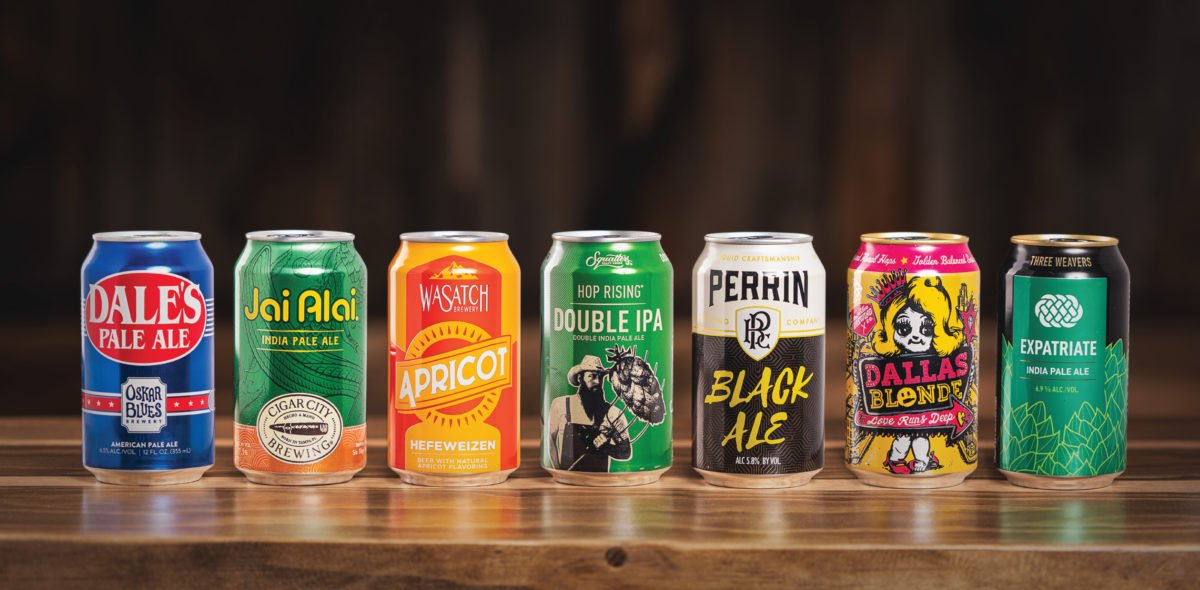
CODO: Where do you draw the line between marketing and sales? What is the role of each service and how do they differ?
Nick: It’s always a challenge defining that relationship. Marketing and sales think they are very different: marketing wants all the time in the world to make the perfect plan, while on the other hand sales is motivated and competitive to get their products to market and beat the competition. But in reality, they complement each other’s skills and differences. I’ve always joked that I have the best job in the company because I get to have one foot in the marketing team, and the other foot directly supporting the sales team. It’s a fun challenge. I’ve learned a lot.
CODO: Give me a run down on the types of Point of Sale components you commonly create for CANarchy brands.
Nick: Point of Sale items run the gamut from those high-ticket items like retail displays, and signage like LEDs, to more affordable and high-volume things like tap handles, coasters, shelf talkers, and bottle openers for servers. Whatever our sales team needs to get cans in hands, we support it. Tap handles, to me, can be pieces of art: Oskar Blues innovated craft beer in a can and for years their draught handle was literally a 12-oz can. That’s some cool irony. Deep Ellum’s Dallas Blonde is a figurine head of a blonde woman with all of these intricately molded features. There’s so much creative license breweries can take with their point of sale.
CODO: If a craft brewery wanted to start activating more POS components in the field, where do you think they should start? Are there three or four pieces they should look at first?
Nick: First they should make sure everyone down the funnel is on board with what to expect and what their goals are: marketing creating the assets, sales/wholesalers knowing what SKUs they are offering to whom, and the retailer planning to offer them. I’d start with:
- Tap handles: when you have made all of that effort to secure a draught line, make sure you have a piece of art that the consumer is going to look at and say “Yeah, I’ll take that one!”
- Corrugated displays: these are really effective to get incremental floor space especially as more and more brands are fighting for limited space on the planogram at an off-premise retailer
- Giveaways trinkets: stickers, keychains, etc. are cheap and effective leave-behinds to keep at a cash register or at the end of a bar for the intrigued consumer to take home. Just look at a random person’s Nalgeen bottle covered in their favorite brands.
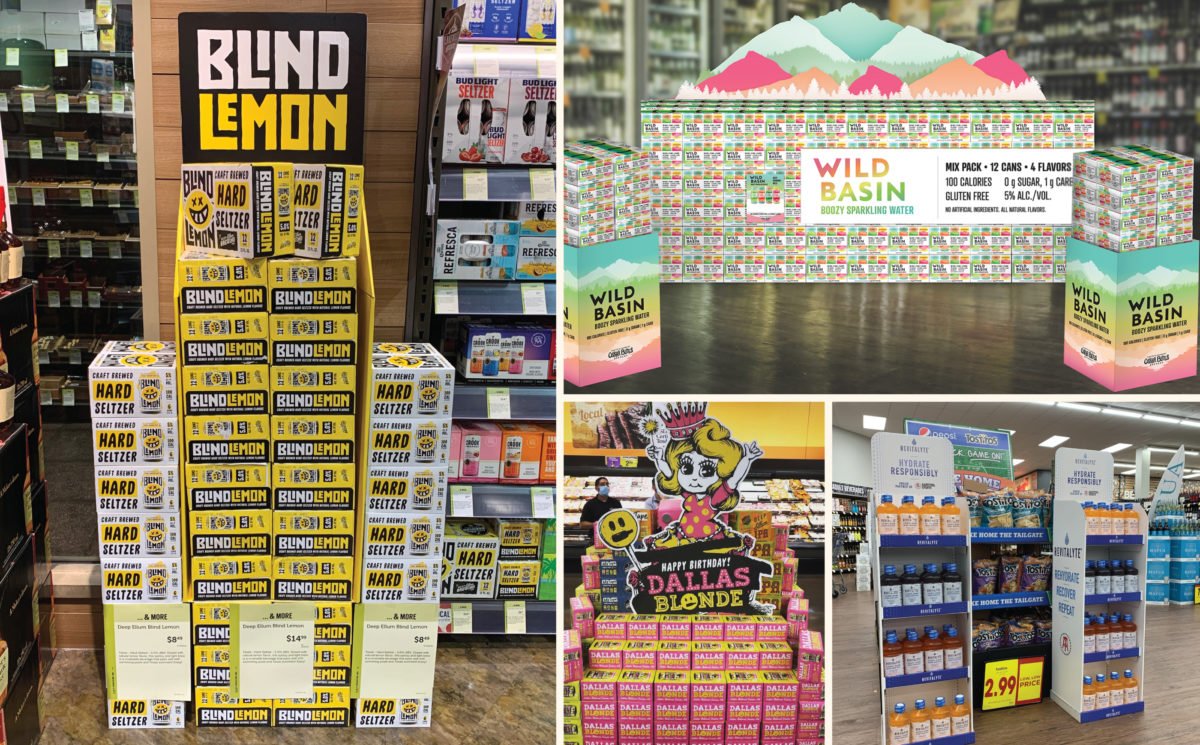
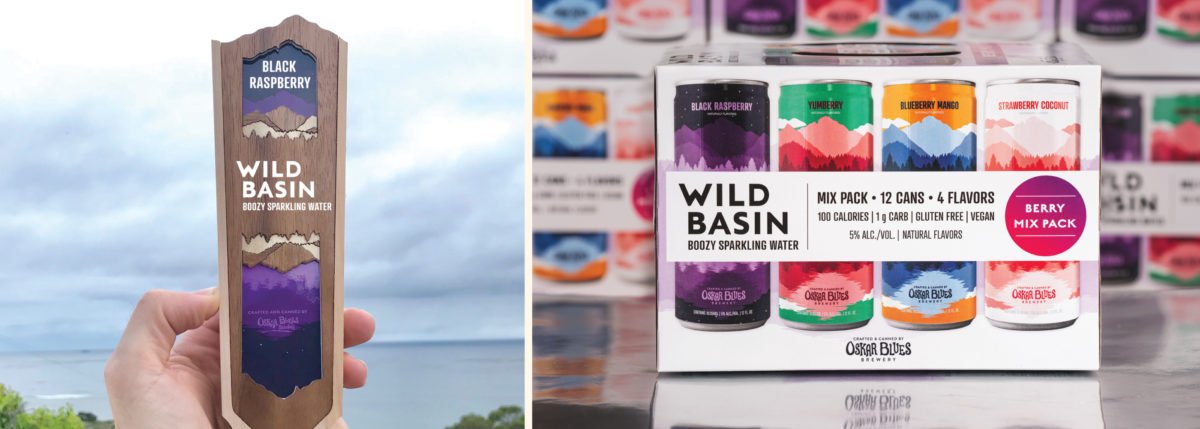
CODO: I’m seeing more of CANarchy’s brand getting into extensions and non-beer products. Oskar Blues’ Wild Basin Hard Seltzer, Cigar City Hard Seltzer, Perrin Brewing’s Clear Coast Hard Seltzer, etc. Other than hard seltzer, are there any other emergent non-beer verticals breweries should be paying attention to right now?
Nick: The industry is diversifying quickly and a lot is going to happen over the next five to eight years, including not only consumer trends but more craft beer producers exploring beverages beyond beer. For example, Revitalyte joined our collective last year as our first non-alcohol brand. Entering into the recovery beverage category diversifies the collective and gives us new opportunities to reach thirsty people. I’m keen to see what happens with ready-to-drink cocktails, spirits, iced teas, and kombucha
CODO: Does CANarchy ever provide visionary leadership / portfolio suggestions to its member breweries? (E.g. “Hey, you should make X style because we’re seeing white space in the market for it right now.”)
Nick: To an extent, but CANarchy is a collective of independent craft breweries, and each brand is unique and different.
One great edge that CANarchy does have is the scalability of the collective. One brand can pick up a white space idea, work on the kinks, and decide if it’s a good investment. If it doesn’t work out, we can just move on … or we can pitch it to another brewery where it might fit. Conversely, if it does work out, we can spread that success to other breweries in the collective. Our seltzer portfolio is a good example of that
Read the rest of this post over on CODO’s site right over here.
Join CODO’s Beer Branding Trends newsletter for monthly field notes covering trends, currents and actionable advice from the front lines of beer branding.

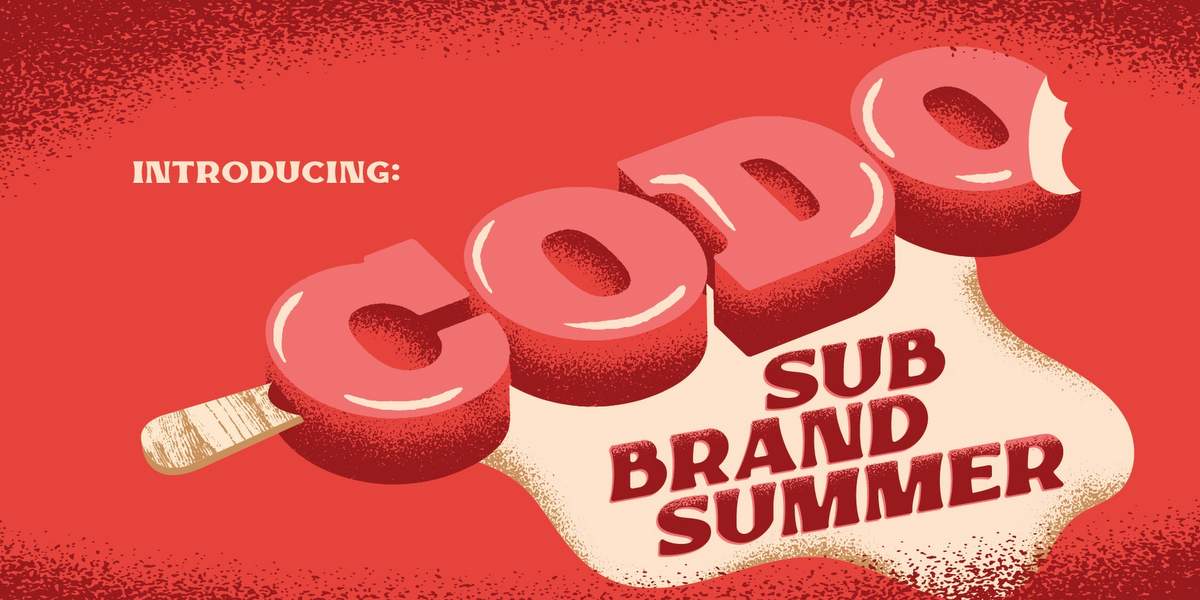
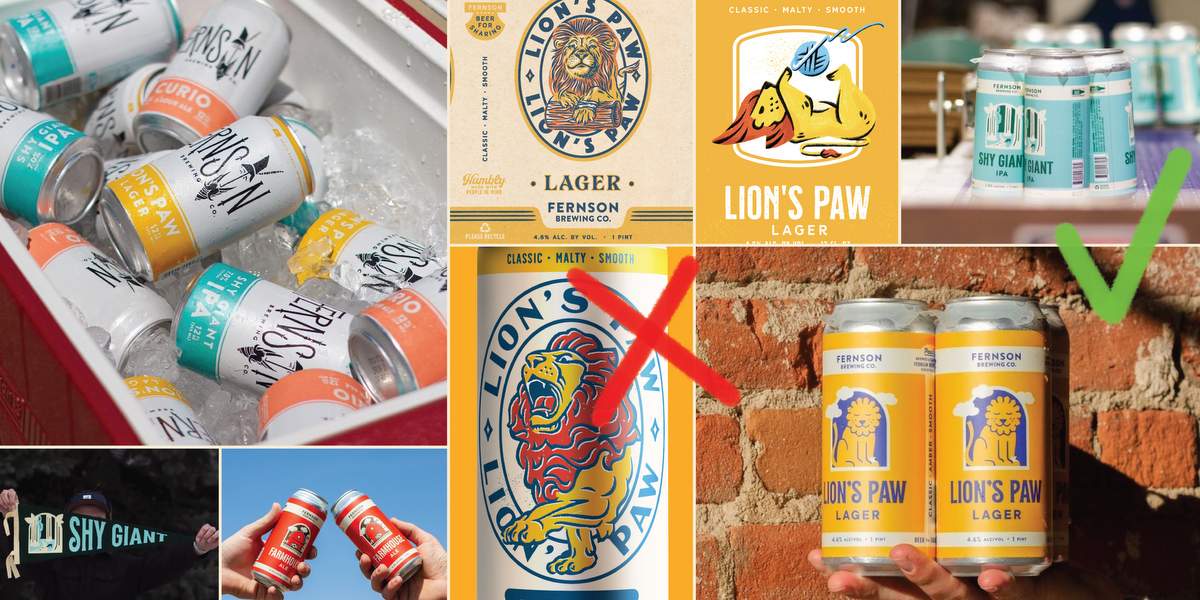
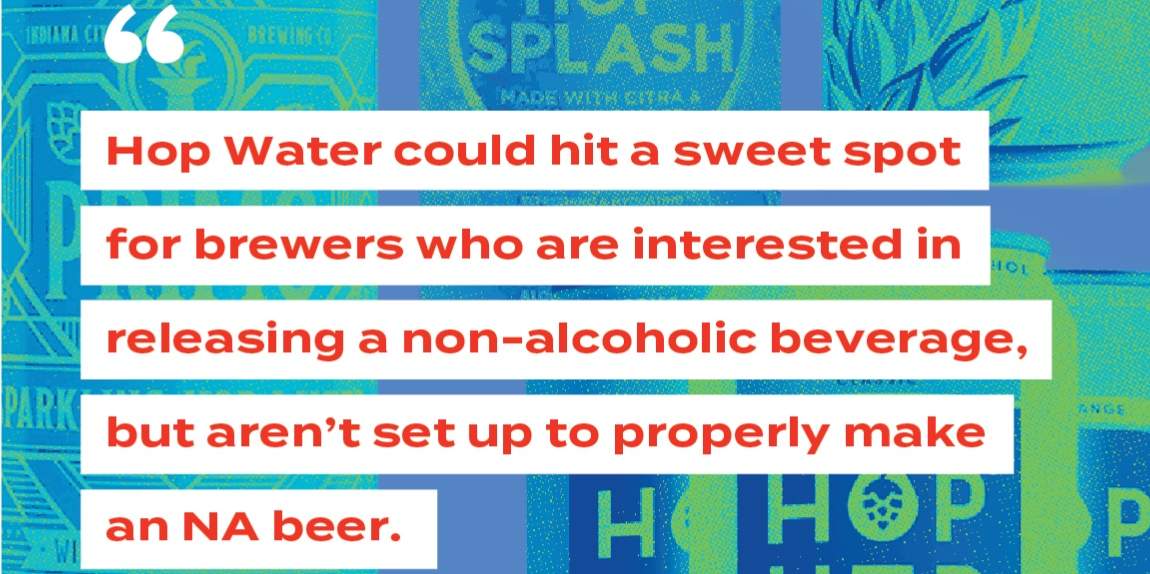
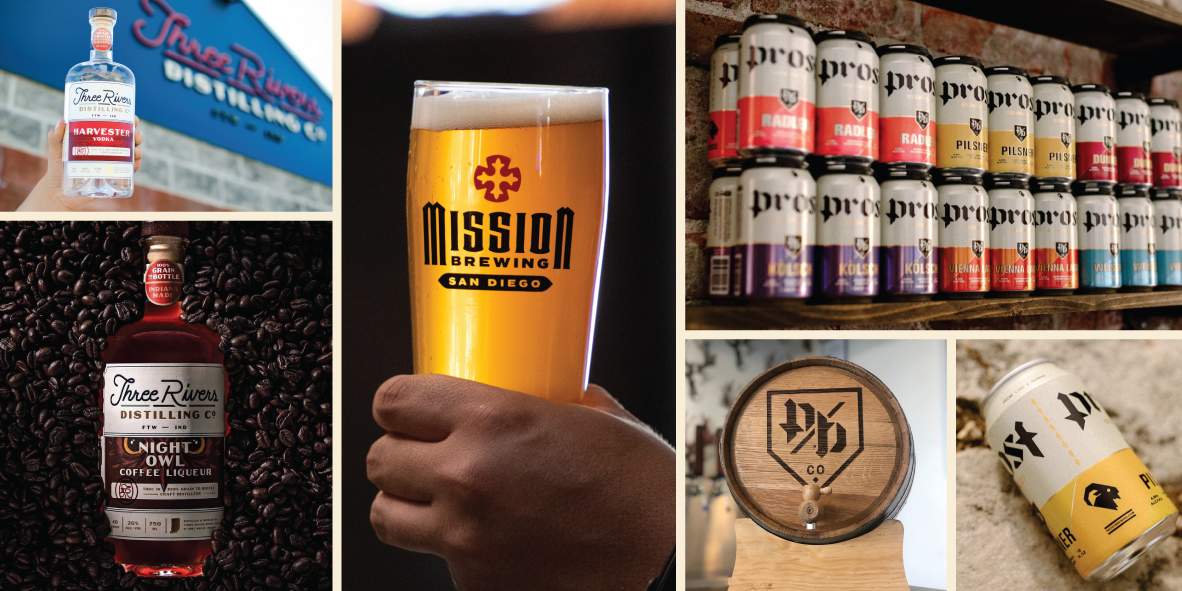

Leave a Reply
You must be logged in to post a comment.